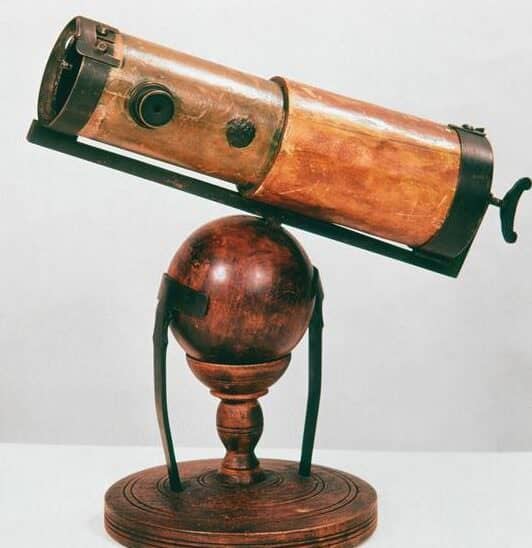Isaac Newton was born in 1642 in the village of Woolsthorpe in Lincolnshire. The Newton family were part of the middle-class farming community. At the age of twelve, Newton started attending a public school in Grantham. In 1665, he obtained a Bachelor of Fine Arts degree (verbal science) from Cambridge.
His initial scientific investigations focused on the properties of light. Newton determined that a white beam of sunlight is composed of multiple colors. He demonstrated that a prism could separate white light into its individual constituent colors. In 1666, an epidemic, believed to be the plague, broke out in Cambridge and Newton retreated to Woolsthorpe. It was during this time that the twenty-four-year-old Newton engaged in philosophical contemplation, leading to his most brilliant discovery – the theory of universal gravitation.
According to legend, Newton’s contemplations were interrupted by the unexpected descent of an apple. The renowned apple tree was preserved for an extended period of time as a source of inspiration for future generations, but eventually it was cut down and transformed into a historical monument in the shape of a bench.
By 1669, Newton had already established himself as a professor of mathematics. It was during this time, almost simultaneously with the German mathematician Leibniz, that he developed the fundamental branches of mathematics – differential and integral calculus.
Between 1669 and 1671, he delivered lectures in which he presented his pioneering findings on the analysis of light rays. However, none of his scientific papers had been published at this point. Newton’s handmade telescope can rightfully be regarded as the first reflecting telescope. Afterwards, the scientist constructed another telescope of larger dimensions and superior quality.
The Royal Society of London, which requested a report on the details of the invention, learned about these telescopes. Newton was elected a member of the Royal Society of London at the end of 1670.
Newton made the discovery of the famous theorem that states that a body under the influence of an attractive force, similar to the Earth’s gravity, always traces out a conic section. This means that it follows one of the curves formed by intersecting a cone with a plane, such as an ellipse, hyperbola, parabola, and in special cases, a circle or straight line. Additionally, Newton found that the center of attraction, which is the point where all attractive forces acting on a moving object are concentrated, is located at the focus of the curve being traced. Therefore, the center of the Sun is (approximately) at the common focus of the ellipses described by the planets.
Therefore, Newton arrived at the theoretical conclusion, using the principles of rational mechanics, that one of Kepler’s laws – which states that the centers of the planets move in ellipses and that the center of the Sun is located at the focus of their orbits – was true. Once Newton became aware of Picard’s measurement of the meridian, he immediately conducted new calculations and became convinced that his long-held beliefs were completely validated. The force responsible for the fall of objects towards the Earth was found to be equal to the force governing the motion of the Moon.
By the end of 1683, Newton presented the foundational beginnings of his system to the Royal Society. In his work “The Mathematical Beginnings of Natural Philosophy,” Newton outlined the main conclusions.
Newton’s breakthrough led to the formation of a fresh perspective on the universe, whereby all the planets, situated at immense distances from one another, seem to be intricately linked within a single system. Newton’s subsequent investigations enabled him to ascertain the planetary mass and density, including that of the Sun. He discovered that the planets closest to the Sun exhibited the highest density.
Newton conclusively demonstrated that the Earth assumes a spherical shape, bulging at the equator and slightly flattened at the poles, as well as the correlation between tides and the gravitational influence of the Moon and the Sun on the Earth’s bodies of water.
In 1695, Charles Montague, a close friend of Newton who had taken on the role of Chancellor of the Exchequer, embarked on a mission to improve the monetary circulation in England. One of the steps he took was to reexamine all the coinage in the country. In order to strengthen his case, Montague enlisted the support of prominent figures of the time, including Newton. Thanks to their efforts, the challenging and bewildering task of reminting the coins was successfully completed within a span of two years. As a result of his contributions, Newton was appointed as the chief director of coinage, overseeing the mint manager.
In 1701, Newton was elected as a Member of Parliament, and in 1703, he assumed the role of President of the English Royal Society. In recognition of his achievements, the King of England bestowed knighthood upon Newton in 1705.
Many aspiring entrepreneurs often ponder the process of opening an LLC by themselves, contemplating the necessary documents for registration, the designated location for document submission, the post-registration requirements, and the strategies for avoiding potential mistakes.
The concept of universal gravitational force had been contemplated by various thinkers before Newton, such as Epicurus, Kepler, Descartes, Huygens, and others. Kepler hypothesized that gravitation was inversely proportional to the distance from the Sun and only acted within the ecliptic plane. Descartes, on the other hand, believed that gravitation was a result of vortices in the ether. However, it was not until Newton that the connection between the law of gravitation (which states that the force is inversely proportional to the square of the distance) and the laws of planetary motion (Kepler’s laws) were clearly and mathematically proven.
- The observed movements of the planets indicate the presence of a central force.
- Conversely, a central gravitational force leads to elliptical (or hyperbolic) orbits.
Newton not only published what was considered to be a formula for the law of universal gravitation, but he also proposed a comprehensive mathematical model:
- The law of gravitation;
- Newton’s second law of motion;
- a set of mathematical investigation methods (mathematical analysis).
As a result, the foundations of celestial mechanics were established. No significant corrections to this model were necessary until Einstein’s time.
In strict terms, Newton’s theory of gravitation ceased to be heliocentric. Rather than the planet orbiting around the Sun, it orbits around a shared center of gravity. This is because not only does the Sun exert gravitational pull on the planet, but the planet also exerts gravitational pull on the Sun. As a result, it became necessary to account for the influence of the planets on each other. Newton theoretically derived, based on the principles of rational mechanics, one of Kepler’s laws which states that the centers of the planets trace out ellipses and that the center of the Sun is located at the focus of their orbits.
Newton demonstrated that the Earth is a spheroid, with a bulge at the equator and a flattening at the poles. He also established the relationship between tides and the gravitational influence of the Moon and the Sun on the Earth’s bodies of water.
Over time, the law of universal gravitation emerged as a highly accurate explanation and predictor of celestial motions, becoming a fundamental principle. However, Newtonian theory faced a number of challenges. One major issue was the unexplained long-distance effect: the mechanism by which gravitational force was transmitted through empty space at an infinite speed remained unclear. Essentially, the Newtonian model was purely mathematical and lacked physical substance.
However, the remarkable achievements of celestial mechanics in the 18th century provided strong evidence for the validity of Newton’s model. It wasn’t until 200 years later that the first discrepancies from Newton’s theory were observed in astronomy, specifically the displacement of Mercury’s perihelion. These deviations were eventually explained by the general theory of relativity (GTR), which demonstrated that Newton’s theory was an approximation. GTR also provided a physical explanation for the theory of gravitation and eliminated the need for long-range action. In the concept of long-range action, bodies exert influence on each other without any material intermediaries, across empty space, and at any distance. This interaction occurs at infinitely high speeds but follows certain laws. The force of universal gravitation in Newton’s classical theory of gravitation is an example of a force that was once considered to be a direct action at a distance.
About the Life of Newton
Isaac Newton came into this world in 1642, hailing from a prosperous farming family in the enchanting village of Woolsthorpe, Lincolnshire. However, tragedy struck even before his birth, as his father passed away. Despite his delicate health and frail constitution, he was given the name Isaac as a tribute to his late father.
While continuing his scientific pursuits, he was able to simultaneously earn both a bachelor’s and a master’s degree. However, teaching did not captivate his interest. It was after he became a court chaplain, a position that combines the duties of a priest with another typically secular role, that he decided to leave the teaching profession.
He invented a telescope that used a lens and a concave spherical mirror, which he personally created and polished. Newton’s initial design (in 1668) was not successful, but his next design provided an excellent 40x magnification.
News of this new instrument quickly spread to London, and in late 1671 – early 1672, he demonstrated the reflector telescope before the king and then at the Royal Society. Newton gained fame and was elected as a Fellow of the Royal Society in January 1672. Improved versions of the reflector telescope later became the primary tools used by astronomers, leading to the discovery of the planet Uranus, other galaxies, and the concept of redshift.
A notable characteristic of Newton’s personality was his appreciation for his colleagues, while also avoiding conflicts and disputes. He particularly disliked baseless attacks. In fact, he made a personal vow to not involve himself in scientific disputes.
1696 saw Newton leave Cambridge and relocate to London to assume the role of Mint Keeper. He conducted a comprehensive study of coinage technology, organizing the documentation and records of the previous three decades, and advocating for monetary reform. During this period in England, there was a prevalence of underweight and counterfeit coins. The practice of clipping the edges of silver coins was widespread. To address this issue, coins began to be produced using specialized machines, featuring inscriptions on their rims to prevent criminal tampering. Over a span of two years, old and incomplete silver coins were completely phased out of circulation and replaced with new ones, resulting in an increase in the supply of new coins. Newton proposed an exchange of money at face value, which led to a sharp decrease in inflation. However, not everyone was pleased with an honest and competent man leading the Mint. Newton was subjected to numerous complaints and denunciations from the very beginning, with commissions constantly being formed to investigate him. It was later revealed that many of these denunciations came from counterfeiters who were infuriated by Newton’s reforms. While Newton remained indifferent to gossip, he never forgave any attack on his honor and reputation. He personally participated in numerous investigations, resulting in the tracking down and conviction of over 100 counterfeiters. The prevalence of counterfeit coins in England was significantly reduced as a result. Therefore, the scholar’s reforms not only averted an economic crisis but also contributed to a substantial increase in the country’s prosperity decades later.
In 1698, the Russian Tsar Peter the Great paid a visit to the Mint. In 1700, a coin reform similar to the one in England was implemented in Russia.
In 1699, Newton’s world system started being taught at Cambridge and Oxford, and he was elected as a foreign member by the Paris Academy of Sciences.
In 1705, Queen Anne knighted Newton, granting him the title of Sir Isaac Newton. This marked the first instance in English history where the title of knight was bestowed for scientific achievements.
In 1725, Sir Isaac Newton’s health significantly declined, leading him to relocate to Kensington, a suburb of London. It was there, in March 1727, that he peacefully passed away in his sleep. Prior to his death, Newton did not leave behind a written will, however, he did transfer a substantial portion of his immense fortune to his closest relatives. Today, Newton’s final resting place is in Westminster Abbey, where his grave bears the inscription: “Here lies Sir Isaac Newton, a nobleman whose extraordinary intellect illuminated the mysteries of planetary motion, comet paths, and ocean tides through the brilliance of mathematics.”
He explored the distinction between light rays and the consequent diverse characteristics of colors, which had remained unknown to anyone before. As a diligent, intelligent, and loyal interpreter of nature, antiquity, and the Holy Scriptures, he used his philosophy to affirm the magnificence of the Almighty God and, through his demeanor, demonstrated a simple devotion to the teachings of the Gospel.
Isaac Newton, the English mathematician and naturalist, was not only a mechanic, astronomer, and physicist, but also the founder of classical physics. Newton’s discoveries have had an immense impact on the history of science. It is not a coincidence that the tree in the garden of the Newton family estate in Woolstore, near Cambridge, where the famous apple fell, was considered a valuable museum artifact for many years until it was destroyed by a storm. However, an eighteenth-century epigram perhaps best captures Newton’s significance:
This world was enveloped in profound darkness.
“Let there be light!” And then came Newton.
Isaac Newton was born in Woolsthorpe (Lincolnshire) on December 25, 1642. His father passed away before his birth, and when he was two years old, his mother got married again. His maternal grandmother took care of his upbringing. At the age of 10, he started attending a classical school in Grantham. During this time, he lived with Clark, a chemist, which sparked his lifelong interest in various chemical experiments. Newton was a quiet boy who didn’t delve too deep into books, but he loved working with his hands. He learned how to make sundials, toy watermills, water clocks, mechanical carriages, and kites with lanterns attached to their tails. However, Newton admitted that he was very inattentive at school.
After an outbreak of a deadly disease in Cambridge, Newton decided to leave and return to his home in Woolsthorpe. He ended up staying there for nearly two years, and it was during this time that he began to contemplate the concept of universal gravitation. Newton later recounted a pivotal moment in his garden when an apple fell in front of his eyes, sparking his curiosity about the forces that could hold the moon in its orbit. This falling apple prompted him to consider the possibility that the same gravitational force was at play. To test his theory, Newton made calculations to estimate the force of attraction, assuming it was inversely proportional to the square of the distance, much like the force of attraction between the Sun and the planets.
In October 1667, Newton was chosen as a junior member of Trinity College when he returned to Cambridge. Just six months later, he became a senior member and was awarded his M.A. degree. His initial experiments involving prisms led him to the realization that the improvement of the telescope was hindered not by the difficulty of grinding lenses, but by the varying refractive powers of different colored rays. This made it impossible to focus white light at a single point. The cause of this issue is known as chromatic aberration and arises from the differences in the angles at which light rays of various colors and wavelengths are deflected as they pass through the lens. Nowadays, chromatic aberration is corrected by using lenses made of different glasses with varying refractive indices, known as achromats. However, during Newton’s time, this method had not yet been invented. Therefore, Newton turned to the only practical solution available at the time – the construction of a reflecting telescope, also known as a telescope-reflector. The concept for such a telescope was initially proposed by the Scottish mathematician J. Gregory in 1663, but Newton was the first to successfully build it in 1668.
In 1671, Newton’s priority in constructing the telescope was officially recognized by The Royal Society, who published a description of his instrument. The following year, he became a Fellow of the Royal Society and was invited to give a report on his discovery of the complex nature of white light. Although his report made a strong impression, it faced criticism from several articles, particularly from researchers in continental Europe, including R. Hooke, the curator of the Royal Society. This controversy over priority further highlighted Newton’s unwillingness to tolerate objections, a characteristic that became more pronounced towards the end of his life.
Chapter 3: The Challenge of Planetary Orbits
During the subsequent years, Newton was involved in a variety of mathematical, optical, and chemical studies. In 1679, he revisited the issue of planetary orbits. The notion that the force of gravity is inversely proportional to the square of the distance between the Sun and the planets, a concept he confirmed through approximate calculations at Woolsthorpe, sparked considerable debate. This principle followed (in the case of a circular orbit) from Kepler’s third law, which establishes the correlation between a planet’s orbital radius and its period of revolution around the Sun, as well as the formula for the centripetal acceleration of a body moving along a circle, which H. Huygens derived in 1673. Newton tackled the inverse problem of determining the orbit based on the law of force variation with distance, a topic that Hooke, Wren, and Halley had been discussing. Newton successfully solved this problem around 1680. Additionally, Newton proved the theorem that a mass distributed symmetrically in a spherical manner attracts external bodies as if the entire mass were concentrated at the center.
Although Newton’s concept was well received, it took an additional fifty years for it to topple Descartes’ theory of vortices. Right from the start, Newton’s work was regarded as evidence of a unified design in the cosmos, implying the existence of a Creator. Eventually, the notion of a universally applicable law started to become linked with materialist and agnostic philosophy.
A few months prior to the release of The Beginnings. Newton had become well-known for his advocacy of academic freedom. In February 1687, King James II issued a decree commanding Cambridge to grant a master’s degree to a Benedictine monk without the customary oath of allegiance and obedience. The university vehemently declined. Newton, along with others, was selected to be part of a delegation. Following the king’s overthrow, Newton was elected to represent the university in Parliament, serving from January 1689 until its dissolution a year later.
During his investigation into the movement of the moon, the scientist engaged in communication with J. Flemsteed, the initial astronomer appointed by the royal family. Unfortunately, their relationship was tainted by misunderstandings and disputes. In 1698, Newton attempted to advance his understanding of the moon’s orbit and reestablished contact with Flemsteed. However, this renewed collaboration led to further tension as Newton accused Flemsteed of concealing certain observations. The conflict between Newton and Flemsteed persisted until Flemsteed’s passing in 1719.
Newton resigned from his position as a professor at Cambridge and his role on the council of Trinity College in 1701. Two years later, in 1703, he was chosen as the president of the Royal Society. Following the death of his main rival, Hooke, in 1704, Newton released his second influential publication, titled Optics. A revised edition was published in 1717, which included an additional section called the Questions, providing general reasoning.
In 1705, Sir Isaac Newton was granted the title of knighthood. At this point in his life, he had already established himself as a prominent figure not only among British scientists but also among those in Europe. During the final two decades of his life, Newton dedicated his efforts to revising and updating his renowned works, such as the second and third editions of the Elements (published in 1713 and 1726, respectively) and the second and third editions of Optics (published in 1717 and 1721, respectively). It was during these same years that Newton found himself embroiled in a lengthy dispute with G. Leibniz regarding the priority of their contributions to the field of mathematical analysis. This dispute, which persisted even after Leibniz’s death through the efforts of his supporters, cast a shadow of bitterness over the final years of Newton’s life and strained scientific relations between Great Britain and mainland Europe, ultimately hindering the advancement of mathematical science.
Newton’s reputation is closely tied to his groundbreaking use of mathematical techniques in the study of nature and his discovery of the law of gravitation. By applying the laws of dynamics to celestial phenomena, Newton solidified the foundations of mechanics as a reliable framework for understanding the physical world. His accomplishments in the realm of infinite series, differential calculus, and integral calculus far surpassed anything that had been achieved prior to his time, establishing Newton as the pioneer of these analytical methods.
When it comes to the impact Sir Isaac Newton had on the advancement of physical science, it is hard to overstate. It wasn’t until the 20th century that the fundamental principles Newton relied upon needed significant reevaluation. This reevaluation ultimately gave rise to the theories of relativity and quantum mechanics. In addition to his contributions to physics, Newton also made significant contributions to theology, chronology, alchemy, and chemistry.
In 1725, Newton was compelled to leave London and relocate to Kensington. He passed away in Kensington on March 20, 1727.
Newton had a wide range of scientific interests, which included astronomy, chemistry, optics, as well as physics and mathematics. In his most significant work, Beginnings, Newton demonstrated that the laws of motion and the law of universal gravitation could explain the nature of motion in any system of bodies.[23]
Newton definitively established that the Earth and other planets orbit around the Sun, while also providing explanations for the laws of Kepler and Galileo. By utilizing the law of universal gravitation, Newton was able to explain and predict various phenomena like comets, eclipses, and tides. His ideas served as a foundation for scientific understanding for the next two centuries, until Einstein demonstrated the interdependence of space and time.
Following the release of Beginnings in 1687, Newton emerged as the preeminent scientist of his era, even engaging in a heated dispute with Leibniz, who asserted that he was the first to develop differential calculus. Newton’s academic career did not flourish, as he was a member of the Unitarian Church and held non-trinitarian beliefs. In 1695, Newton was appointed as an overseer and in 1699, he became the director of the Mint, where he focused his expertise on monetary reform. Newton’s scientific contributions were acknowledged in 1703, when he was elected as the president of the Royal Society of London and was knighted.”[24]
For additional information, refer to the articles on Galileo, Kepler’s Laws, and Newton’s Law of Gravitation.
Apple and Newton
Apple and Newton were forever intertwined in history. The renowned English poet Byron once wrote about the serendipitous moment when an apple fell and disrupted Newton’s deep thoughts. It is said that from this simple occurrence, Newton was able to derive a groundbreaking theory that would revolutionize our understanding of gravity. This anecdote serves as a testament to the power of observation and the potential for discovery in even the most mundane of events.
Isaac Newton
Isaac Newton is widely regarded as an exceptional physicist and mathematician. In 1755, a marble statue with the inscription “surpassed the intellect of the entire human race” was erected in Cambridge to honor him. His character was admirable, as he exhibited humility, politeness, and self-control. He refrained from boasting and carried himself with dignity.
The renowned poet Byron once wrote the following lines: Newton’s profound contemplation was disturbed by the unexpected fall of an apple. It is said that the wise men’s conjectures and teachings cannot be guaranteed. However, Newton managed to conclusively demonstrate the force of gravity in a most vivid manner.
2. ISAAC NEWTON (1642-1727)
NEWTON
Sir Isaac Newton was born in 1642, the same year Galileo passed away. He was born in a small village called Woolsthorpe, located near the town of Grantham in Lincolnshire. Unfortunately, his father passed away before Isaac’s birth, and he was raised by his grandfather after his mother remarried. Isaac was then sent to
Apple and Newton
According to the famous English poet Byron, an apple accidentally fell and disrupted Newton’s profound contemplation. Despite the uncertainty surrounding the speculations and teachings of wise men, Newton managed to demonstrate the force of gravity in a highly visual manner.
ISAAC NEWTON (1643-1727) was born on Christmas Day 1642 (January 4, 1643, New Style) in the village of Woolsthorpe in Lincolnshire. Unfortunately, his father passed away before his son was born. Newton’s mother, whose maiden name was Ayskof, also passed away shortly after her husband’s death.
Isaac Newton
Isaac Newton (1643-1727) was a remarkable individual who excelled in various fields such as mathematics, mechanics, astronomy, physics, and theology. He once said, “If I have seen farther than others, it is because I have stood on the shoulders of giants.” Newton believed that genius is the result of concentrated and patient thought in a specific direction. He approached scientific exploration without the need for inventing hypotheses, comparing himself to a child playing.
NEWTON, Isaac
NEWTON AND THE APPLE
NEWTON AND THE APPLE Countless individuals have witnessed the descent of apples, yet it was only Isaac Newton who dared to inquire about its cause. According to Bernard Baruch, the apple that made contact with Newton’s head was no ordinary fruit, but rather a symbol of the tree of knowledge. Newton himself once likened his pursuit of knowledge to that of a young boy collecting seashells along the shore, with an expansive world of discovery awaiting him.
Galileo Galilei, the renowned scientist, was a supporter of Copernicus’ teachings. In the year 1609, he constructed the inaugural telescope for an astronomical observatory. He also made groundbreaking discoveries such as the presence of mountains on the Moon, the existence of satellites orbiting Jupiter, the identification of sunspots, and the revelation of the Sun’s rotation around its own axis. One of the most significant milestones in the field of astronomy occurred in 1685 with the momentous unveiling of Isaac Newton’s law of universal gravitation. This law serves as the governing principle for the motion of planets and the interactions between them. In the early 20th century, this law was further augmented by the brilliant physicist Albert Einstein. The heliocentric concept of the universe played a pivotal role in shaping his theory of relativity.
It is well known that modern theoretical physics is based on Newton’s classical mechanics. Newton introduced the notion of a system of material points with coordinates and impulses, which allows us to determine the properties of the system as a whole. By knowing the coordinates and impulses, we can calculate all other quantities in the system. Subsequently, continuum mechanics, thermodynamics, statistical physics, and electrodynamics emerged based on Newton’s mechanics. These theories maintained continuity, utilized model concepts, assumed cause-and-effect relationships between bodies and phenomena, viewed processes as a result of internal movements of matter, assumed Euclidean space, uniform time flow, non-creation and indestructibility of matter and energy, and considered energy as a measure of matter motion. These theories represent the generalization of empirical data accumulated by natural science. In the classical theory, mathematics is subordinate to physics.
First and foremost, it is essential to address the core issue. It is likely unnecessary to elucidate the concept of Newton’s classical mechanics to anyone. The repercussions of this theory, such as the physics of continuous media and thermodynamics, are also quite comprehensible and require no further explanations. However, there is a lack of understanding regarding the theory of relativity and quantum mechanics, as well as their limitations. Let us delve into this matter.
Einstein’s special theory of relativity is established on several postulates. But what exactly is a postulate? In logic, it refers to a statement that can be temporarily considered true, serving as an assumption. The entire theory of relativity, as previously mentioned, is solely based on postulates. These postulates are as follows:
In every reference frame that is not accelerating, all physical phenomena (such as mechanical, optical, and thermal processes) behave uniformly.
The speed of light in a vacuum remains constant regardless of the motion of the light source and is the same in all directions.
According to the first postulate, it is impossible to detect uniform and straight-line motion within a moving laboratory using any physical experiments. The second postulate states that it is impossible for any object to travel faster than the speed of light, and the speed of light is not affected by the methods of observation and measurement.
These two assumptions can only be valid if there is no existence of the ether in nature. In reality, the presence of the ether logically supports the ability to detect laboratory motion through this medium. Einstein was influenced by the outcomes of Fizeau’s experiment on the entrainment of light by a moving medium and Michelson’s experiments on detecting ether wind. The Fizeau experiment raises numerous issues regarding the precision of the collected data. Hence, it is essential to examine another experiment, which serves as the basis for Einstein’s postulates.
Michelson’s experiment aimed to test Lorentz’s theory of a stationary ether that is not affected by the movement of the Earth. The experiment yielded a negative result, which, in fact, confirmed Lorentz’s hypothesis. However, the experiment did detect the presence of an ether wind, but its speed of 3 km/s and unusual direction did not align with any existing theories of the ether at the time. Einstein, without delving into this experiment, put forth his own postulates. It is essential to discuss the logic behind the special theory of relativity. The reasoning begins with the understanding that the ether is attracted to matter, but the extent of this attraction was unclear. Einstein then asserts that a satisfactory physical theory cannot be developed without abandoning the concept of the ether. Subsequently, two fundamental postulates are proposed, and the idea is introduced that events are considered simultaneous when a light signal communicates between them. This leads to the formulation of a four-dimensional interval, which includes three physical coordinates and time multiplied by the speed of light. Consequently, the theory establishes the speed of light as the limit for all interactions in nature and highlights its special significance. The logic of the theory forms a circular path and returns to the initial assumptions.
The general theory of relativity, which was developed to explain gravity, follows the special theory of relativity. The concept here is more complex, but in short, it goes like this: gravity exists, and within the gravitational field, it is possible to shift to a non-inertial frame of reference by introducing new coordinates. This leads to the curvature of space, which is a consequence of the non-inertial nature of the system, and gravity is a result of this curvature. What’s fascinating is that in this theory, Einstein acknowledges the presence of the ether. This forms a closed logical circle, contradicting the rejection of the ether in the special theory of relativity, which serves as the foundation for the general theory.
Please excuse any confusion in my explanation, as I am not the original author of these ideas. I am simply summarizing them in a more straightforward manner.
Each participant will receive a certificate and a reduced tuition rate.
Sign up between March 15th and March 17th, 2022.
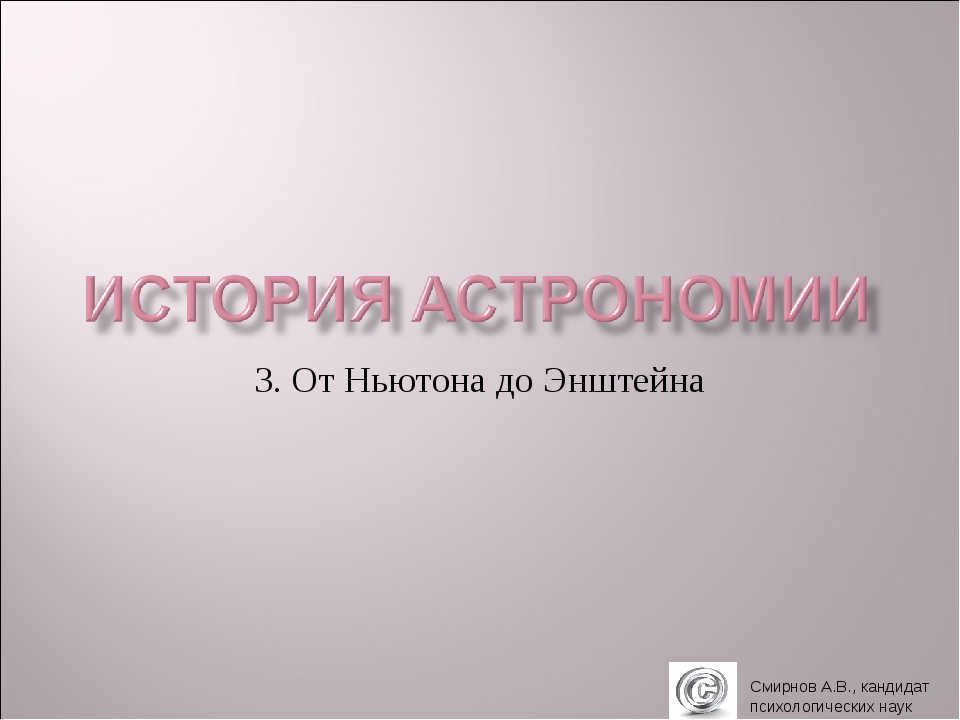
Description of each slide in the presentation:

3. Smirnov A.V., PhD in Psychology: A Journey from Newton to Einstein
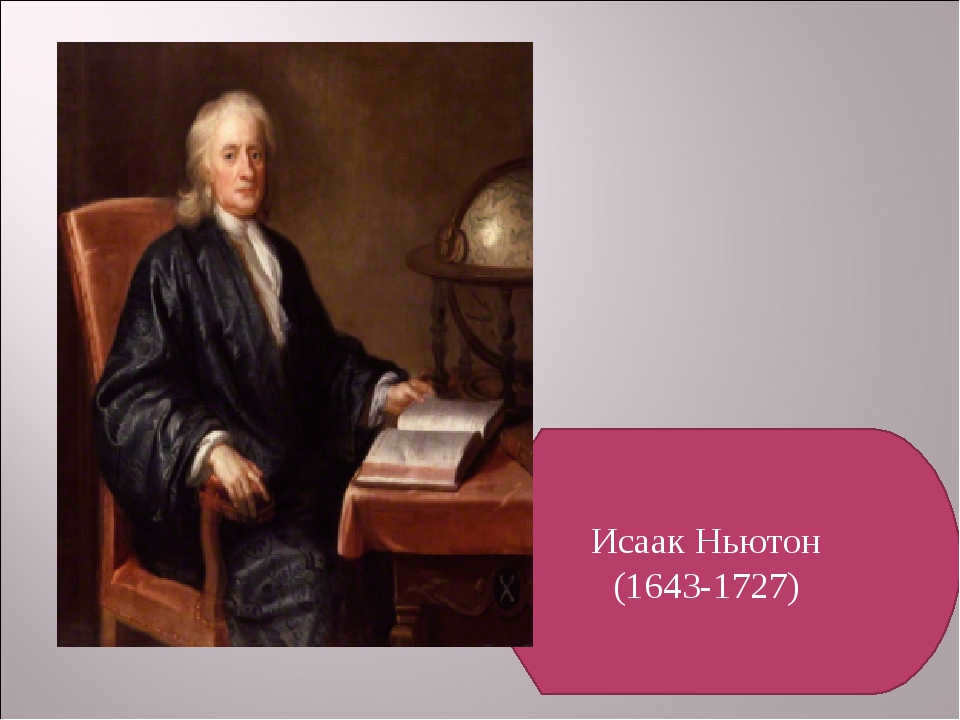
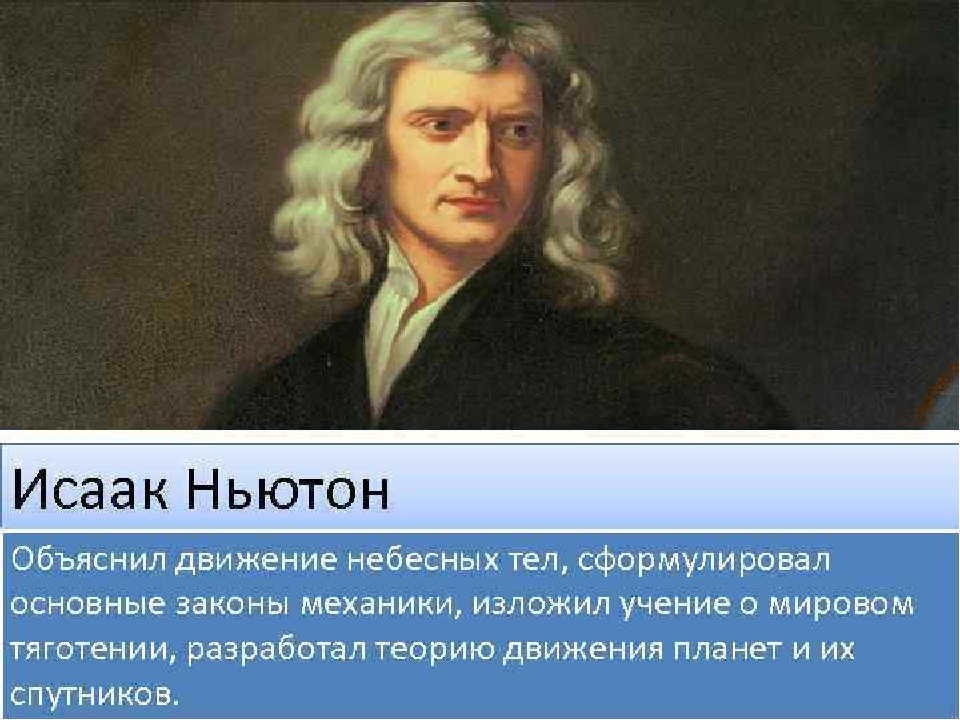
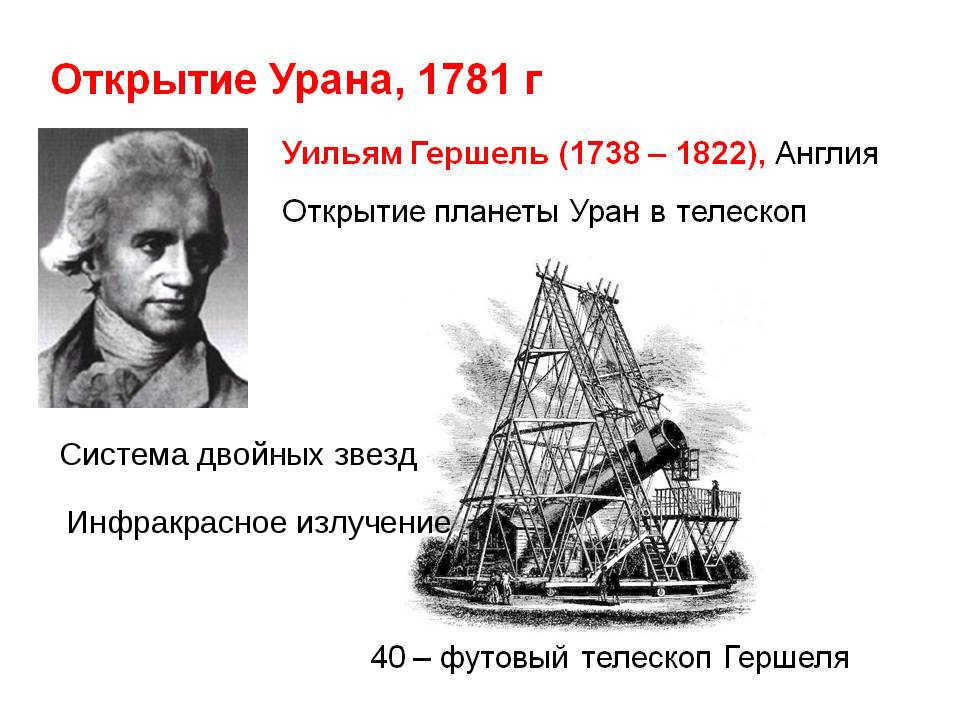
A binary star system emitting infrared radiation
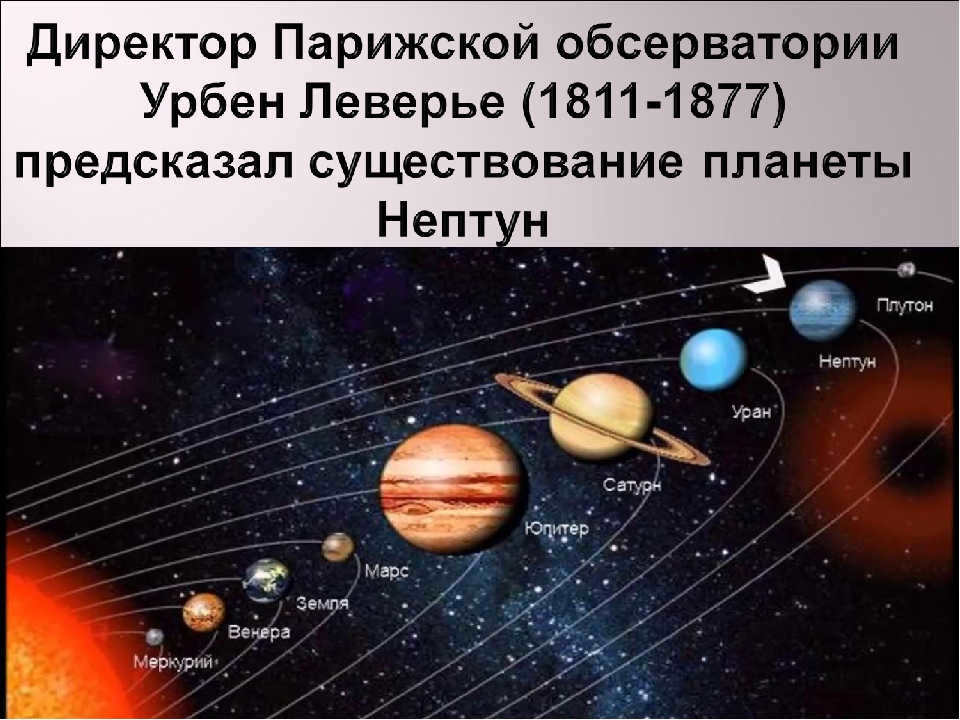
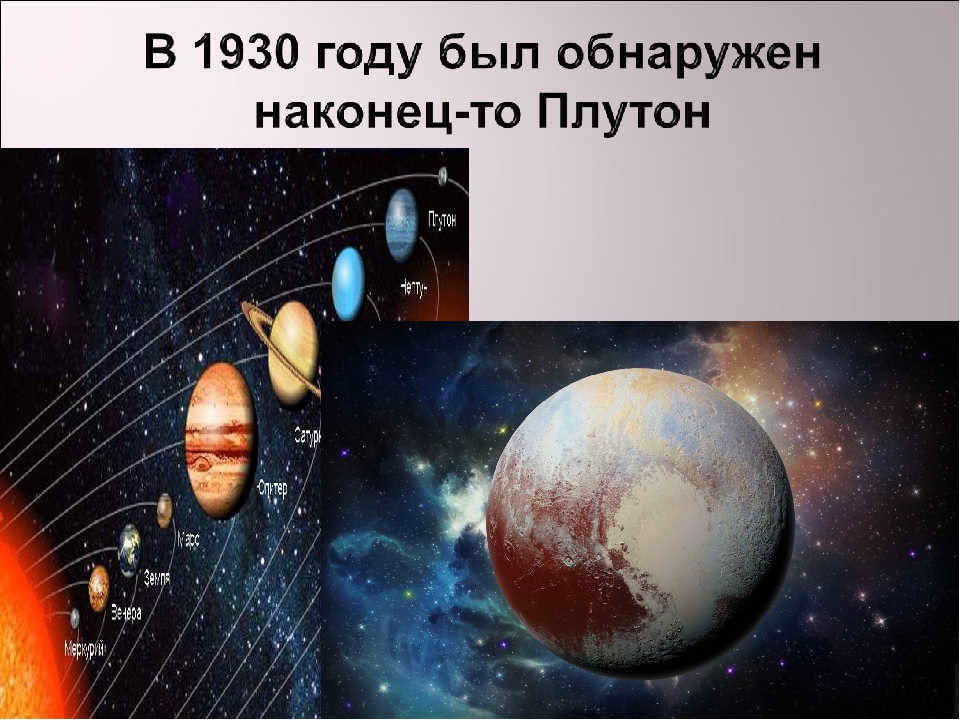
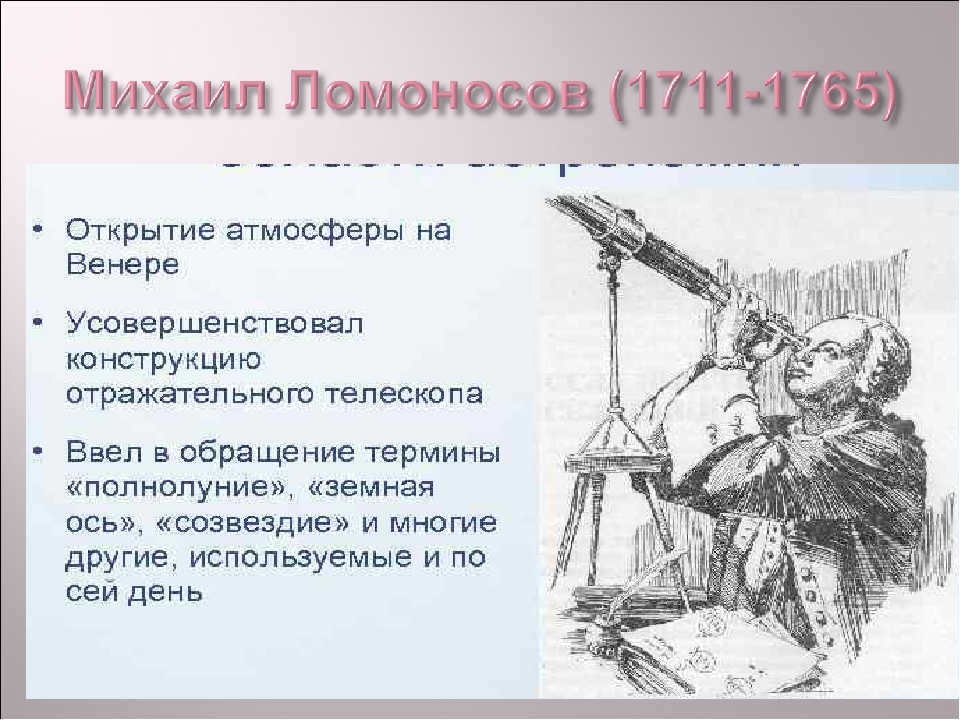
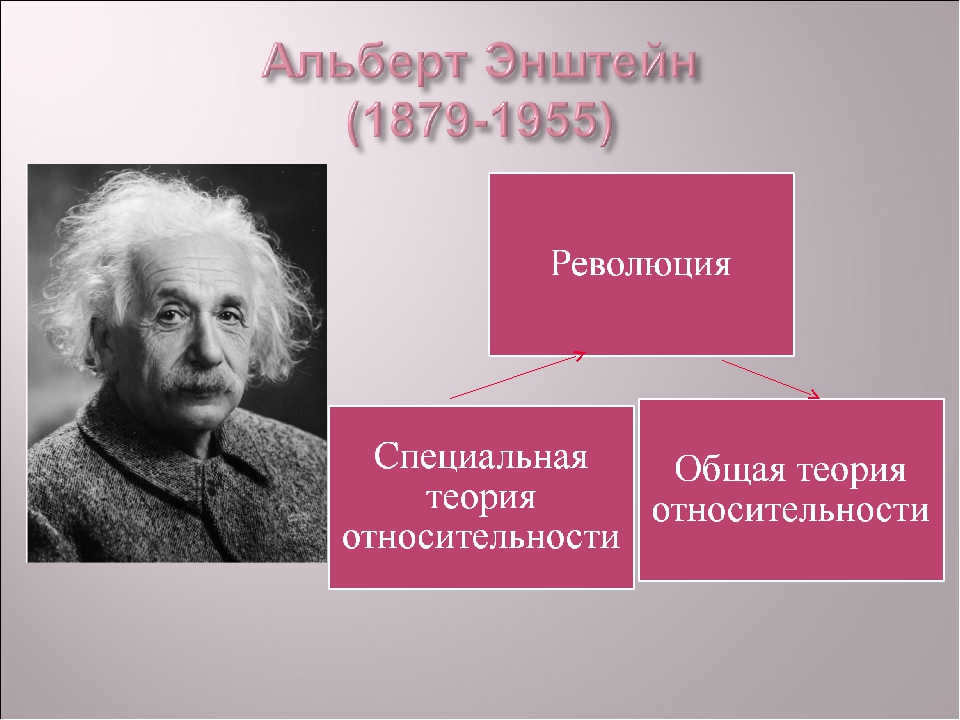
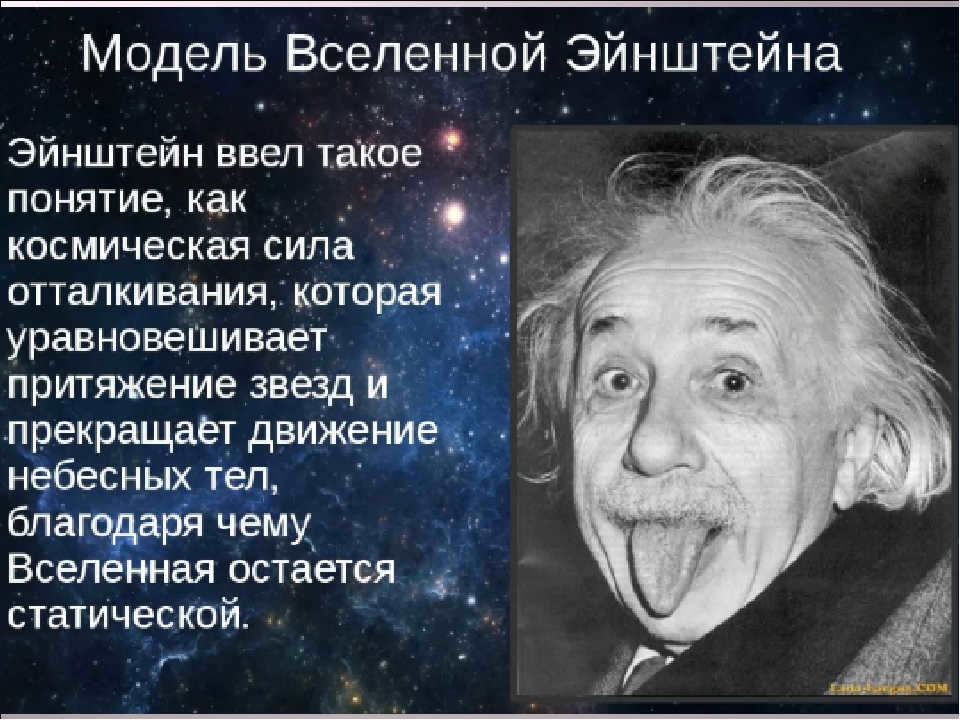
- Preparation for USE/USGE and GPE exams
- Available for all subjects in grades 1-11
- Designed for students in grades 1-11 and preschoolers
- Teachers and participants receive free certificates
Distance learning courses for educators
Discover resources for any lesson by specifying your subject (category), grade level, textbook, and topic:
There are 5,613,272 materials in the database
The teaching materials are appropriate for educational purposes
These distance learning courses are highly sought after worldwide
Participate in the School Info-Competitions 2022
Every participant will receive a certificate and a discount on tuition
Additional resources
These courses will capture your interest:
Feel free to share your thoughts
Author of the content
Moscow Institute of Professional
retraining and advanced training
teacher training
Distance courses
for educators
We provide certificates
according to the established template!
Educators on the Unified State Exam: tips for successful preparation
International students can opt for distance learning for GIA exams
New courses: teaching blogging and architecture, training postgraduate students and more
Rosobrnadzor suggests allowing students from the DNR and LNR to enter universities without taking the Unified State Exam
The State Duma suggests implementing certificates for children’s vacations aged 8 to 17
Students expelled from abroad will have the opportunity to study in Russia for free
The responsibility for resolving any disputes regarding the materials and their content rests with the users who have posted them on the site. However, the site administration is prepared to offer assistance in resolving any issues related to the site’s work and content. If you come across any unauthorized use of materials on this site, please inform the site administration through the feedback form.
All materials published on the site are either created by the site’s authors or posted by its users and are provided for informational purposes only. The copyright for these materials belongs to their respective authors. Any unauthorized copying, in whole or in part, of the site’s materials is strictly prohibited without the written permission of the site administration! The opinions expressed by the administration may not necessarily reflect those of the authors.
The key is to discover equations that expand upon the preceding ones, in order to establish that in all prior experiments and tested technologies, the fresh equations correspond to the previous ones with minuscule deviations too insignificant to be detected using current technologies and in nearly all scientific experiments. If one ponders over it, this technique is the sole conceivable method for devising new theories in physics (and, in my personal encounter, it is a technique that many fledgling physicists underestimate).
Now, I will illustrate to you how this technique operates with regard to certain of Einstein’s equations.
Fig. 1: triangle illustrating the concept proposed by Einstein regarding the Pythagorean connection between energy E, momentum p, and rest mass m, with c representing the speed of light in a vacuum. The velocity of an object v is linked to p and E through the relationship enclosed in the box. The kinetic energy K (green) is equal to the total energy E (blue) minus the mass-energy m at c 2 (black).
Consider an object that is moving freely through empty space with a velocity v as observed by an observer. Albert Einstein proposed a way to describe the motion of this object using a triangle that relates energy E, momentum p, mass m, and velocity v. I have explained this concept in detail in another article on mass and energy, and this triangle is summarized in Figure 1. The energy E is equal to the sum of the energy of mass mc^2 and the energy of motion (referred to as K in this article, which represents kinetic energy). Einstein’s equation establishes a Pythagorean relationship between energy, momentum, and mass:
Furthermore, the velocity v can be determined using a trigonometric relation.
Figure 2: The correlation between mass m, momentum p, and kinetic energy K in accordance with Newton’s principles. The presence of the speed of light c is not accounted for in this illustration – Newton and his initial adherents were not acquainted with it. The connection between velocity and the tangent of angle alpha is merely proportional, not equivalent. The energy of mass remains unidentified as well. Contrast this with Figure 1.
Newton’s equations (and their development by his scientific descendants) involve a different set of relationships due to the three segments depicted in Figure 2. Newton and his followers were unaware of the concept of mass energy, which was proposed by Einstein (as well as by at least one other colleague, although Einstein’s description was more precise). Therefore, the discussion regarding a freely moving object was limited to its motion energy (K, kinetic). Additionally, Newton and his colleagues were unfamiliar with the speed of light. Thus, prior to Einstein, the relationship between motion energy K and momentum with mass was as follows:
Combining these two equations yields the formula that is more familiar to you from school, K = 1/2 m v 2 . This set of equations is no longer represented by a triangle, but rather by the three segments depicted in Figure 2.
What was the secret behind Einstein’s ability to create a series of equations that aligned with every single previous experiment? How did he accomplish this remarkable feat?
When the object’s velocity is low (and therefore the angle alpha is small), Newton’s definition for K and Einstein’s definition for K = E – mc 2 look very similar.
(In the latter expression, I included the constant c in both the numerator and denominator), and Einstein asserts:
However, for low values of v, these equations converge since mc 2 and E approach each other closely. This can also be observed geometrically – as tan α and sin α are nearly identical for small angles. Thus, it is impossible to distinguish between Einstein’s Pythagorean theorem and Newton’s three laws through experiments – as long as the velocity of the object is significantly smaller than c.
Simply put, Einstein’s equations are incredibly cleverly constructed – when velocities are low, Einstein’s equations are almost identical to Newton’s equations. That’s why – and Einstein personally confirmed this before presenting the equations to his colleagues (note this for aspiring physicists) – all previous scientific experiments and technologies from the 18th and 19th centuries did not contradict these equations. Predictions made using Newton’s theoretical framework were and continue to be accurate for all practical purposes when the speeds of large objects are small compared to the speed of light.
Now that we’ve covered slow objects, what about fast ones?
Figure 4: The triangle proposed by Einstein for massless particles does not have a horizontal side. Its vertical leg and diagonal (hypotenuse) collapse into each other, resulting in the equations E = pc and v = c.
Prior to Einstein, no one could have made such an assumption. This is because the idea that light consists of massless particles was nonsensical. Consider Newton’s equations. If an object has a non-zero momentum (p) and you substitute mass (m) with 0, you end up with kinetic energy (K) equaling infinity and velocity (v) equaling infinity! However, experiments had already shown that this was not true. Furthermore, if you substitute p=0 and m=0 into Newton’s equations, you get K and v as zero divided by zero, resulting in no meaningful predictions.
Figure 5: When dealing with objects traveling at speeds close to the speed of light, the equations of Einstein and Newton yield different results for velocity (v) and kinetic energy (K). Only Einstein’s equations have been confirmed by experiments.
In the future, there may arise a scenario where Einstein’s equations no longer hold, and they will need to be expanded or modified. This could potentially be indicated by experimental findings or the identification of theoretical inconsistencies. However, at present, the STO equations proposed by Einstein, which describe energy (E), momentum (p), mass (m), and velocity (v) for objects moving without external forces (while also including the speed limit, c, which states that no object can exceed the speed of light according to an outside observer), remain consistent and accurate.
Isaac Newton, who was a physicist, mathematician, mechanic, and astronomer, is widely recognized as the founder of classical physics and the pioneer of mathematical analysis. He is famous for his groundbreaking publication, Mathematical Beginnings of Natural Philosophy, in which he established the law of universal gravitation and attraction. This law, which remained a fundamental principle in physics until Einstein’s groundbreaking discovery of the general theory of relativity, has greatly influenced modern science. Apart from this significant contribution, what other remarkable discoveries did Newton make that have left a lasting impact on the field of science?
Laws of Motion
The laws of motion formulated by Newton are the fundamental principles of classical mechanics. These laws allow us to express the force equation for any mechanical system, as long as the acting forces are known. In modern physics, these laws have become axioms, although their original formulations have been modified due to the inaccuracy of some of the terms introduced by Newton himself.
- The modernized version of Newton’s first law states that there are reference systems called inertial frames, in relation to which material points remain at rest or move in a straight line with constant velocity when no forces are acting on them or when the forces acting on them are balanced. This law highlights the existence of inertial reference frames and is often referred to as the law of inertia.
- According to Newton’s Second Law, the acceleration of a material point with constant mass in an inertial frame of reference is directly proportional to the reciprocal of all applied forces and inversely proportional to its mass. This law describes the relationship between the force applied to a material point and its acceleration. Unlike the previous law, it can be expressed in the form of the formula: a = F/m, where a represents the acceleration of the material point, F is the applied force, and m is the mass of the point. However, this law does not hold true if the velocity of the material point exceeds the speed of light. In such cases, the relativistic generalization of the second law is employed.
- The unveiling of Newton’s laws laid the course for the advancement of physics.
The Law of Universal Gravitation
Newton’s fourth law, also known as the law of gravitational attraction, is an essential concept in physics. It holds just as much significance as the three laws of mechanics. The law states that the gravitational force between two objects with different masses and separated by a distance acts along the line connecting them. This force is directly proportional to the masses of the objects and inversely proportional to the square of the distance between them. Mathematically, the law can be represented by the formula F = G * (m1*m2)/r2. Here, G represents the gravitational constant (6.67430(15)-10 -11 m³/(kg-s²)). It is important to note that the myth about Newton discovering this law when an apple fell on his head is not true. Newton’s discovery was the result of extensive and meticulous research. This law describes the gravitational interaction in classical mechanics and was first discovered by Newton in 1666. However, it was not made public until 1687 in his work “Principia”.
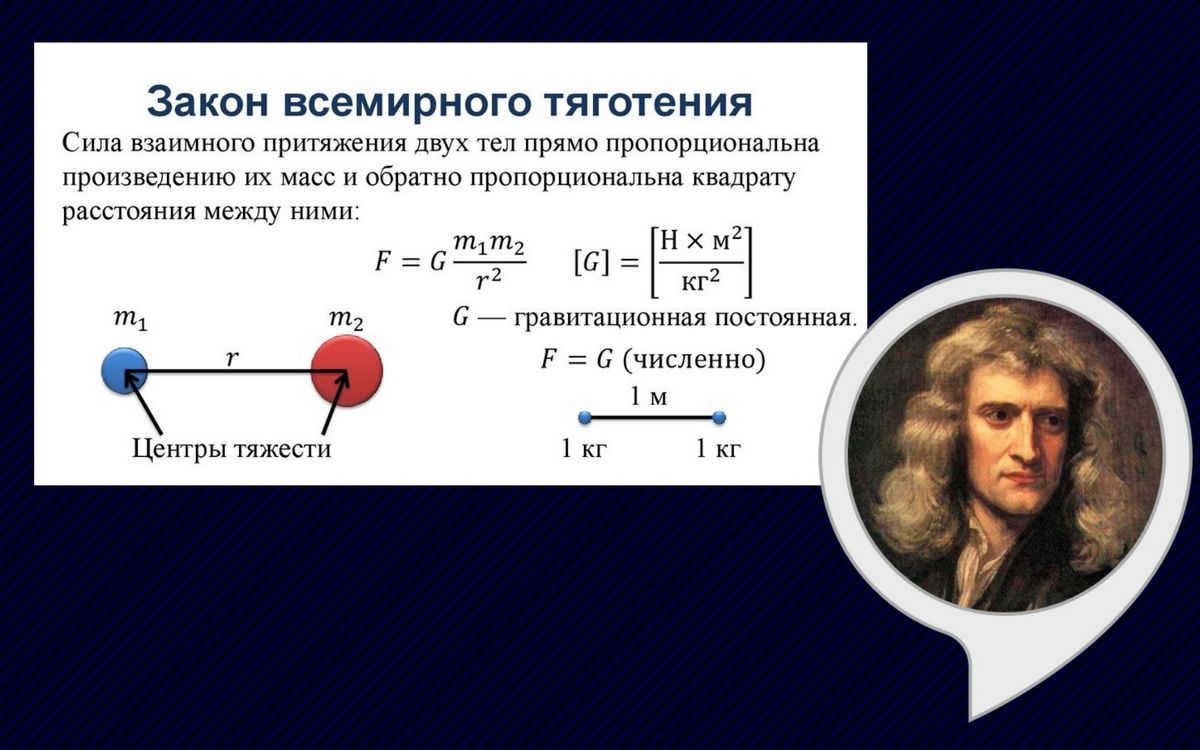
The concept behind the Law of Universal Gravitation states that any object with mass generates a gravitational field (a field of attraction) around itself. Furthermore, the acceleration experienced by the first object due to the gravitational force exerted by the second object is independent of the mass of the first object. This is because the gravitational force acting on the first object is directly proportional to its mass, while the acceleration is inversely proportional (as per Newton’s second law). In physics, this property is referred to as the “equivalence of gravitational and inertial masses”.
Newton’s classical theory of gravity has a major limitation: it is entirely based on mathematical equations. It is also interesting to note that scientists have recently observed the first instance of a physical object “disobeying” this law: Mercury deviated from its perihelion, the point closest to the Sun, which further demonstrates the law’s imperfections. However, Newton’s scientific breakthroughs continue to be crucial in the investigation of celestial phenomena.
Newton was not just a remarkable scientist, but also a profoundly religious individual. However, he did not blindly rely on the church’s ministers and approached religion from a rationalist perspective. As a result, he rejected the notion of the Holy Trinity. Certain scholars of Newton’s works perceive this as his affinity towards heretical views and deism. On the other hand, some argue that Newton did not entirely dismiss the concept of the Trinity, but rather interpreted it in a manner more aligned with Orthodox beliefs.

Newton’s discovery of the binomial theorem
One of the most well-known contributions of Sir Isaac Newton in the field of mathematics is his discovery of the binomial theorem. The binomial theorem is a formula used to expand a sum of two variables raised to a non-negative integer power into separate terms. Although the formula was known to Persian mathematicians and Chinese scientist Yang Hui before the 18th century, it was Newton who brought it to prominence. Newton’s groundbreaking discoveries in mathematics continue to captivate researchers to this day. In addition to the binomial theorem, he also developed the method of differential and integral calculus and devised a computational method for finding the roots of a function. Newton’s work also encompassed the classification of cubic algebraic curves.
Other mathematicians who came after Newton also studied the binomial, including Michael Stiffel, who provided descriptions and classifications of binomial coefficients, and Blaise Pascal, who was initially credited with the creation of the binomial. However, Newton introduced his own contributions and managed to establish a formula that could be applied to cases where the exponent is a real number (later, the binomial was extended to include complex numbers). In its current form, the binomial is represented as an infinite series, and for quicker calculations, Pascal’s triangle can be utilized.
Optics
The field of optics owes its earliest discoveries to Sir Isaac Newton. Additionally, Newton was the first to construct a reflecting telescope, which offered a distinct advantage over previous models by providing an undistorted image.
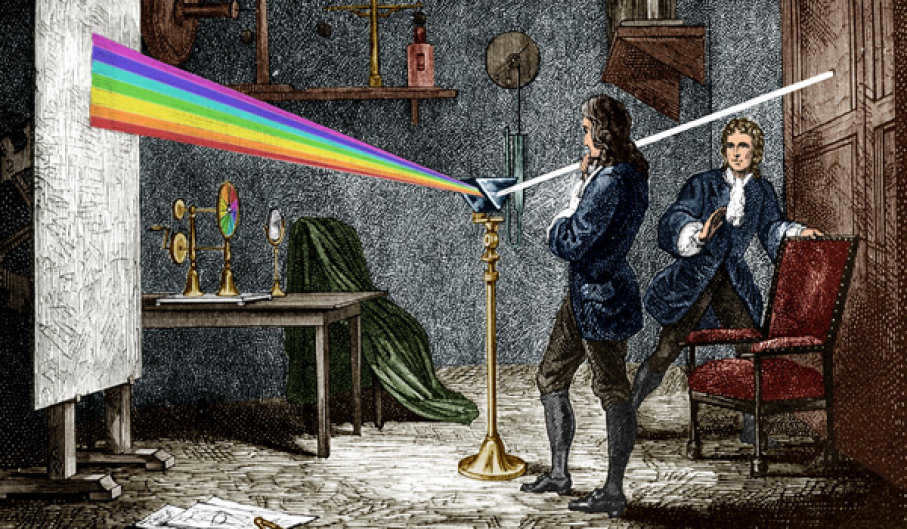
The theories and research conducted by Newton were instrumental in the emergence of optics as a distinct scientific field. The scientist not only uncovered new information and principles that directly contributed to optics, but also laid the foundation for its future development through his mathematical formulations. Newton’s groundbreaking research continues to serve as a model for scientific inquiry to this day. Following the passing of Hooke, the first publications in the field of optics were released in 1704. This narrative chronicles the remarkable discoveries made by Newton.
Newton conclusively dispelled any doubts about the heliocentric structure of the solar system when he demonstrated that all celestial bodies adhere strictly to specific laws of mechanics.
However, Newton’s contributions to astronomy did not stop there: he also devised the first reflector telescope. Additionally, he determined that the Earth was not a perfect sphere, but rather a slightly flattened spheroid. This revelation was later substantiated by the measurements of French mathematician Maupertuis and the observations of astronomer la Condamine. These findings solidified the credibility of Newtonian mechanics among European scientists and showcased its superiority over previous theories.
Isaac Newton, the renowned physicist, astronomer, and mathematician from England, is widely regarded as the founder of various branches of physics. One of his notable contributions is the development of the color theory, which is based on the refraction of white light through a prism, resulting in the formation of the colors of the rainbow. Newton’s groundbreaking work in this field marked the beginning of modern physical optics, and he published his first book on the subject in 1704.
Newton’s life is filled with intriguing facts and surrounded by numerous myths and legends. Learn more about this iconic figure in the field of classical physics in the article by 24CMI.
Origin, nationality
Isaac Newton hails from England and is of English nationality. He was born in the small town of Woolsthorpe in 1642, located in the county of Lincolnshire. However, due to the adoption of the new style calendar, his birth date is sometimes confused and is now recognized as January 4, 1643.
It is often mentioned in his biography that Newton was born as a sickly child, but he defied the odds and lived to the age of 84. Additionally, his immunity may not have been as weak as initially thought, as he managed to survive the plague that ravaged Europe during his lifetime.
Newton’s father, a prosperous farmer, unfortunately passed away from consumption two months before Isaac’s birth, and therefore never had the chance to meet his son. The boy was named after his late father by his mother, Anna Ayscough.
Previously, scholars held the belief that Sir Newton hailed from a prestigious and age-old lineage. However, subsequent investigations invalidated this hypothesis. Serendipitously, an ancient document was stumbled upon in a quaint English village, shedding light on the matter: there was no connection to the aristocracy, as Sir Newton had no noble blood coursing through his veins. Instead, his family belonged to the humble peasantry.
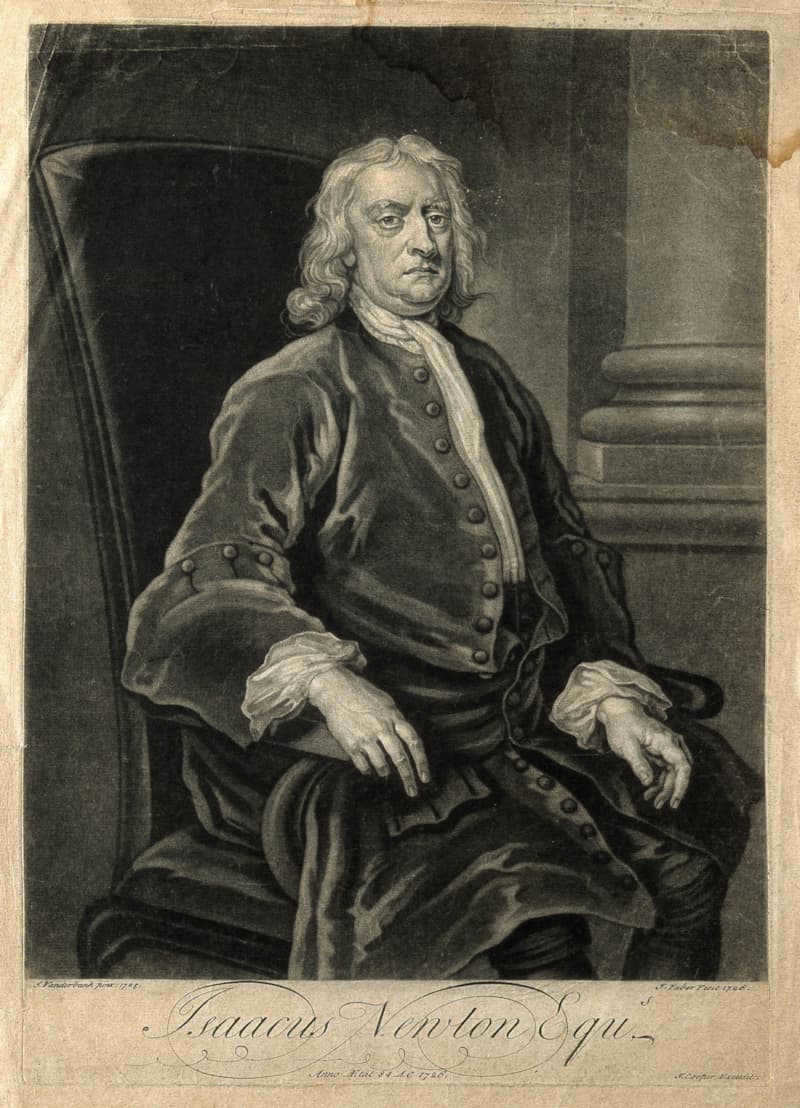
Early Life
When Newton was around 3 years old, his mother married again. This new marriage resulted in the birth of three more children. However, the stepfather did not have a good relationship with Newton and his cool attitude was gradually adopted by the mother as well. The boy, who was already introverted and withdrawn by nature, became even more distant from his family and peers.
In 1653, the stepfather passed away, leaving behind a significant fortune for his new family and children. However, even with this newfound wealth, Newton’s mother still did not give him much attention. In fact, the situation worsened as she had to take care of a large household and her other children.
After two years, Isaac Newton joined a school that was conveniently located near his home. Due to his strained relationship with his mother, he moved in with a local apothecary. However, he was still not allowed to spend his free time on his beloved studies of mechanics, which he had been drawn to since childhood.
Six months later, his mother took him back home, hoping that by involving him in household chores, she could secure a stable future for him. Unfortunately, the young man had no interest in these responsibilities.
Residing within the household, Isaac dedicated himself solely to the pursuit of voracious reading, the conception of myriad contrivances, and, for a brief period, harbored a fondness for verse. His outward demeanor unequivocally conveyed his aversion to domestic responsibilities. Consequently, his mother acquiesced and permitted him to persist in his scholarly endeavors.
Water clock
During his time living at the apothecary, Newton came up with an interesting invention – a water clock. To construct this device, he first acquired a sizable box where he could place all the necessary components of the mechanism.
For the purpose of moving the hour hand, he utilized a wheel that was set in motion by a wooden element. This wooden element would vibrate whenever large droplets of water would fall on it. The water clock turned out to be incredibly precise, so much so that the entire apothecary family began using it.
Cambridge
Isaac departed from school in 1661 and joined the esteemed institution of Cambridge, excelling in the entrance examination. He was registered as a non-paying student. Instead of monetary compensation, these students were obliged to fulfill their academic obligations by offering various forms of assistance to affluent students.
There is limited knowledge about this particular phase in Newton’s life. It is only confirmed that the university was affected by the precarious political circumstances of that time: students experienced delays in payments, teachers were dismissed, and occasionally, there were extended interruptions in classes.
Throughout his years of study, Newton consistently documented in his diaries and workbooks his lack of enthusiasm for his university studies. However, in 1664, everything changed.
During this time, Newton compiled a comprehensive list of 45 problems concerning the world around him. Subsequently, he crossed paths with Isaac Barrow, a new mathematics teacher who would later become his close friend. It was under Barrow’s guidance that Newton developed a deep passion for mathematical science.
It was during this pivotal period that the Englishman made his first groundbreaking discovery: binomial decomposition. Through a series of experiments, Newton successfully demonstrated the existence of function decomposition into an infinite series.
The Theory of Universal Gravitation
Isaac Newton engaged in extensive correspondence with numerous renowned scientists across various scientific disciplines, including astronomy, physics, biology, and mathematics. In 1686, he formulated his groundbreaking Theory of Universal Gravitation.
Newton published this seminal work titled “Mathematical Foundations of Natural Philosophy,” which presented the law governing gravitational interactions within the framework of classical mechanics. Additionally, within this work, Newton also unveiled his Three Laws of Motion, which have since become known as Newton’s Laws.
Mirror telescope
Newton is credited with the invention of the reflecting telescope, a type of reflector that consists of a concave mirror and a lens. It is worth noting that the initial idea did not originate from Newton, but from a scientist named James Gregory. However, Newton was the first to successfully implement the concept.
The first version of the design was unsuccessful, but Newton’s second version, with a much more polished mirror, achieved a magnification of 40 times.
This invention had significant practical implications. Astronomers were able to use the mirror telescope to accurately calculate time, which was extremely valuable for maritime navigation.
Dispersion of Light
The discovery of the phenomenon of light dispersion is one of the remarkable achievements of the English scientist. This breakthrough occurred in 1672 when Newton conducted a series of experiments and successfully demonstrated the direct correlation between the color and frequency of light waves.
The essence of this phenomenon lies in the separation of a white beam of light into its constituent colors. Initially, Newton identified five colors of decomposition and later discovered two additional ones. The easiest way to visualize this phenomenon is by observing a rainbow after rainfall.
Reactive motion is rooted in nature. Many creatures, such as jellyfish or octopuses, utilize this principle of movement by generating a flow with their “bells”. Observing these creatures, humans have long been intrigued by the concept of reactive thrust.
Isaac Newton was one of the pioneers in envisioning the use of thrust to power engines. His idea was to create a steam jet engine on wheels. Water would be boiled in a boiler, and the resulting steam would be expelled through a specialized mechanism, propelling the vehicle forward.
Ribbed Edge of the Coin
A coin consists of an obverse side, a reverse side, and a third side known as the rib or gurt. While many people may not give it much thought, the presence of a ribbed or partially ribbed edge on most coins has historical significance. Today, it is mainly a nod to tradition, but in the time of Sir Isaac Newton, it served a practical purpose.
In the past, coins were typically made from precious metals. Unfortunately, there were fraudulent individuals who would shave off small amounts of gold or silver from the edges of the coins, making it imperceptible to the naked eye. To combat this issue, an Englishman proposed a solution. He suggested that by incorporating a ribbed edge on the coin, any tampering or shaving would become immediately noticeable.
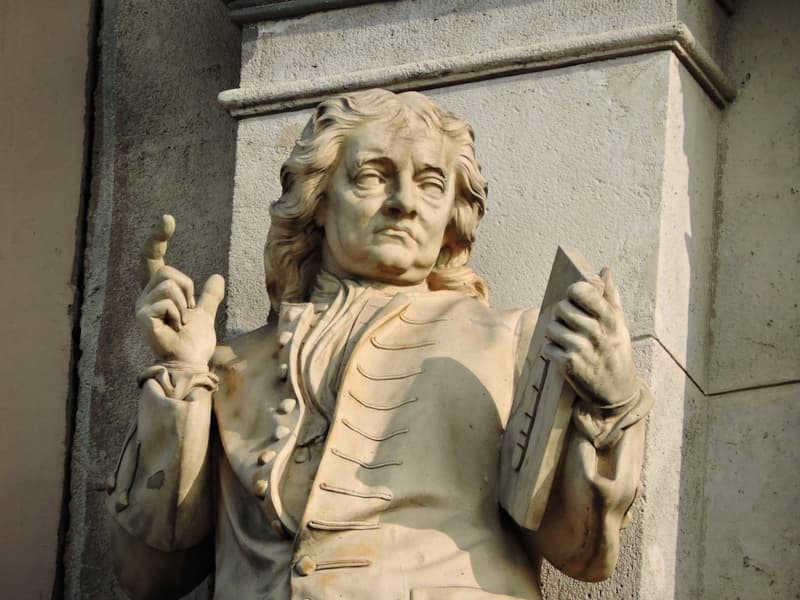
It is common knowledge that during the early stages of Apple’s existence, they used a portrait of Newton as their logo. The portrait depicted Newton sitting under an apple tree with the famous fruit hanging from it. However, the company later deemed the logo to be too bulky and decided to keep only a bitten apple as their logo.
Isaac Newton is widely regarded as one of the greatest scientists in history. Today, his groundbreaking discoveries are seen as commonplace and inherent in our understanding of the world. However, during his time, Newton’s ideas turned the concept of the universe upside down and revolutionized our understanding of it.
Isaac Newton was born in a small village called Woolsthorpe in the county of Lincolnshire, Britain, on January 4, 1643. He arrived in this world as a fragile and premature baby, just as the English Civil War was about to begin and shortly after his father’s passing, right before Christmas celebrations.
Due to his weak condition, it took a while before the child could be baptized. Nevertheless, young Isaac Newton, who was named after his father, managed to survive and went on to live a remarkably long life for the seventeenth century, reaching the age of 84.
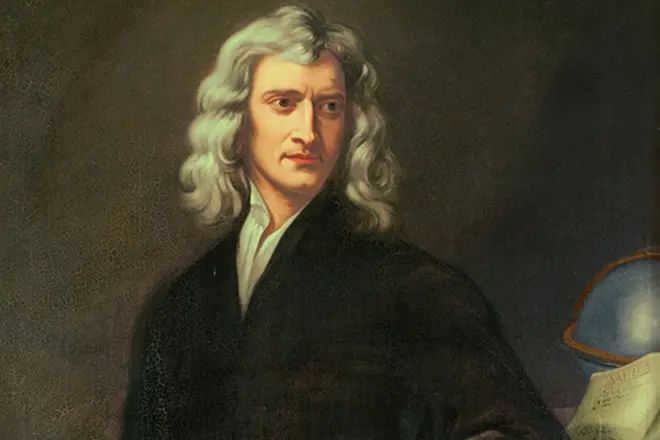
The father of the future prodigious scientist was a modest farmer, but remarkably prosperous and affluent. Following the demise of Newton senior, his family inherited numerous acres of fertile fields and woodlands, along with a substantial sum of 500 pounds sterling.
Isaac’s mother, Anna Ayscough, promptly remarried and gave birth to three children with her new spouse. Anna devoted more attention to her younger offspring, leaving the upbringing of her first-born son initially in the care of Isaac’s grandmother and later his uncle William Ayscough.
During his childhood, Newton had a passion for painting, poetry, and tirelessly invented various contraptions, such as a water clock, windmill, and paper kites. However, he was also frequently plagued by illness and had an exceptionally introverted nature, preferring his own hobbies over engaging in lively games with his peers.
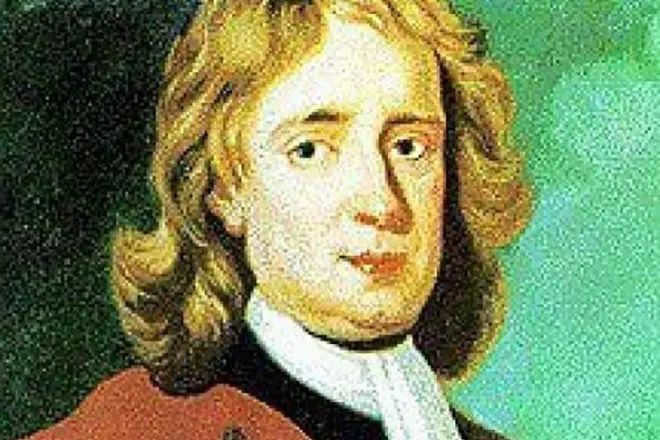
When Newton was sent to school, his physical weakness and lack of communication skills led to him being beaten to the point of almost fainting. This experience was extremely humiliating for him. However, he realized that he couldn’t change his physical form overnight, so he decided to boost his self-esteem in other ways.
Prior to this incident, Newton was a poor student and definitely not a favorite among his teachers. But after the incident, he started to excel academically compared to his classmates. He became the top student and developed a deep interest in technology, mathematics, and the mysterious and unexplained phenomena of nature.
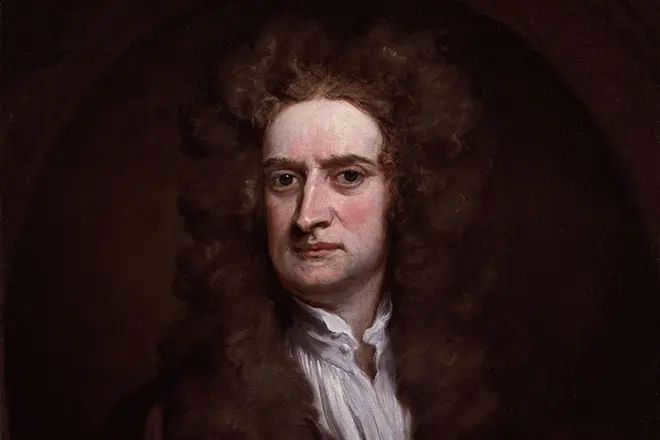
At the age of 16, Isaac Newton returned to the estate with his mother, who attempted to assign some household tasks to her grown-up eldest son (Anna Ayscough’s second husband had also passed away by then). However, the young man was preoccupied with constructing intricate mechanisms, devouring numerous books, and composing poetry.
Mr. Stokes, the schoolteacher of the young man, along with his uncle William Ayscough and acquaintance Humphrey Babington (who was a part-time member of Cambridge Trinity College) from Grantham, where the future renowned scientist went to school, managed to convince Anna Ayscough to allow her talented son to further his education. As a result of their collective persuasion, Isaac finished his studies at the school in 1661 and subsequently passed the entrance exams to the University of Cambridge.
The start of a scientific journey
During his time as a student, Newton held the position of a “sizar”. This meant that he did not have to pay for his education, but instead had to take on various tasks at the university or provide services to wealthier students. Isaac endured this challenging situation with bravery, even though he despised feeling oppressed, was unsociable, and struggled to make friends.
During this period, philosophy and natural science were taught at the world-renowned Cambridge University following the teachings of Aristotle, despite the fact that discoveries by Galileo, the atomistic theory proposed by Gassendi, and the groundbreaking works of Copernicus, Kepler, and other exceptional scientists had already been presented to the world. Isaac Newton eagerly absorbed any available information on mathematics, astronomy, optics, phonetics, and even music theory that he could find. In doing so, he often neglected his own need for food and sleep.
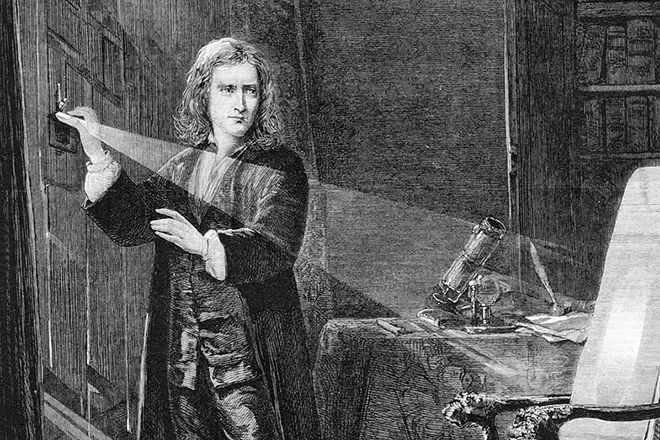
In 1664, the scientist embarked on his own scientific journey by creating a catalog of 45 unresolved problems in the realms of human life and nature. It was during this time that fate brought him into contact with the exceptionally talented mathematician, Isaac Barrow, who had just joined the mathematics department at the college. Barrow eventually became Newton’s mentor and one of his few close friends.
Under the guidance of his gifted teacher, Newton’s interest in mathematics further intensified. He made his first remarkable breakthrough in the field by developing the binomial expansion for any rational exponent. This achievement came in the same year that Newton obtained his bachelor’s degree.
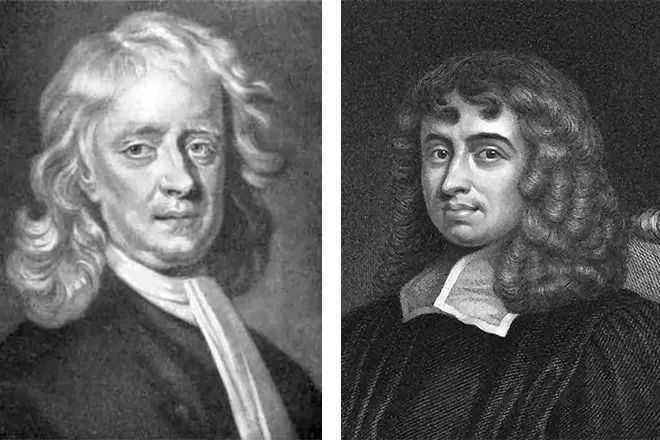
Between 1665 and 1667, a time when England was ravaged by the plague, the Great Fire of London, and an expensive war with Holland, Newton temporarily resided in Worsthorpe. It was during this period that he focused his efforts on unraveling the mysteries of optics. In his quest to eliminate chromatic aberration in lenticular telescopes, the brilliant scientist delved into the study of dispersion. The experiments that Isaac conducted were driven by a curiosity to understand the fundamental properties of light, and many of these experiments continue to be carried out in educational institutions to this day.
Consequently, Newton arrived at the corpuscular theory of light, concluding that it can be envisioned as a flow of particles emanating from a light source and traveling in a straight line until they encounter an obstacle. This theory, while not completely definitive, served as a fundamental principle in classical physics, laying the groundwork for the development of contemporary concepts regarding natural phenomena.
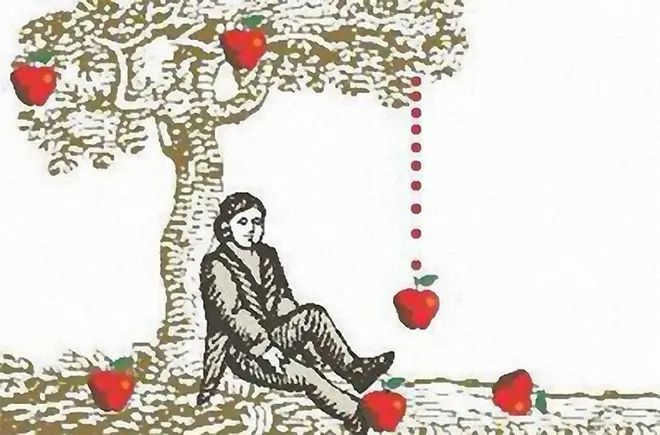
Isaac Newton made one of his most well-known findings during this period: the Law of Universal Gravitation. However, he did not publish his studies until many years later, as he did not actively seek recognition for his work.
There has long been a misconception among enthusiasts of collecting intriguing facts that Newton stumbled upon this fundamental law of classical mechanics when an apple fell on his head. In reality, Isaac was methodically progressing towards his discovery, as evidenced by his numerous writings. The myth of the apple was popularized by Voltaire, a respected philosopher of the time.
Scientific recognition
In the late 1660s, Isaac Newton came back to Cambridge, where he was granted the title of master, his own living quarters, and even a group of young students whom the scientist took on as his pupils. However, it was clear that teaching was not the strong suit of the talented researcher, and attendance at his lectures was noticeably lacking. It was during this time that Newton created a telescope-reflector, a groundbreaking invention that brought him fame and led to his induction into the Royal Society of London. This device facilitated numerous astonishing discoveries in the field of astronomy.
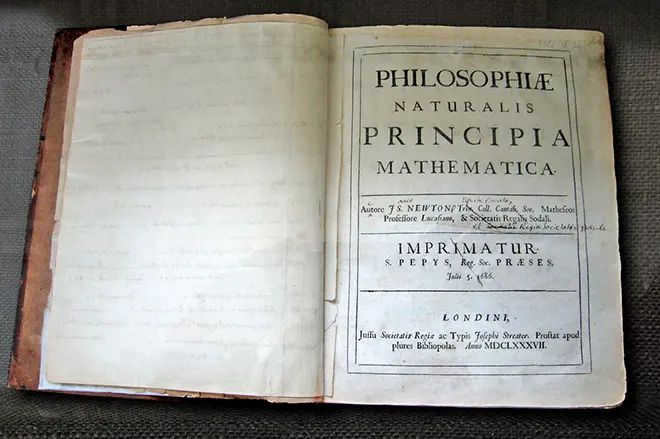
Newton’s most significant publication, called Mathematical Beginnings of Natural Philosophy, was released in 1687. Although the researcher had previously published his works, this one was particularly crucial as it laid the groundwork for rational mechanics and all mathematical natural science. Within its pages, Newton introduced the law of universal gravitation, the three fundamental laws of mechanics that are universally known, and key physical concepts. This publication also did not challenge the heliocentric system proposed by Copernicus.
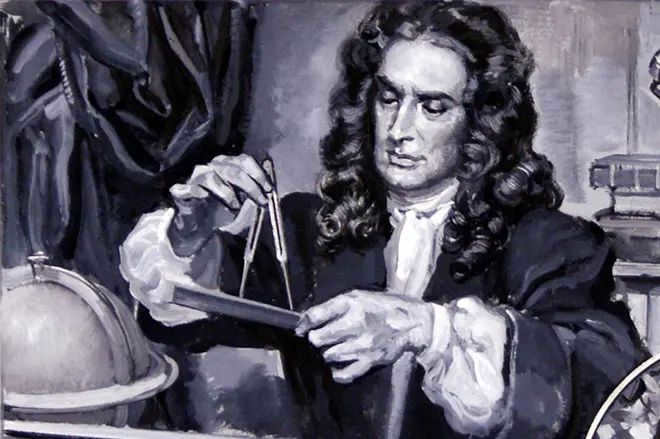
“Mathematical Beginnings of Natural Philosophy” by Isaac Newton was a significant advancement in the field of mathematics and physics, surpassing the previous research efforts of all scientists. Unlike the works of Aristotle and Descartes, it did not rely on unproven metaphysics, lengthy arguments, groundless laws, or vague formulations.
In 1699, the University of Cambridge started incorporating Newton’s system of the world into their curriculum, while Newton himself held administrative positions.
Personal history
Throughout his lifetime, Newton remained unmarried, and women, both during his time and in subsequent years, did not display much empathy towards him.
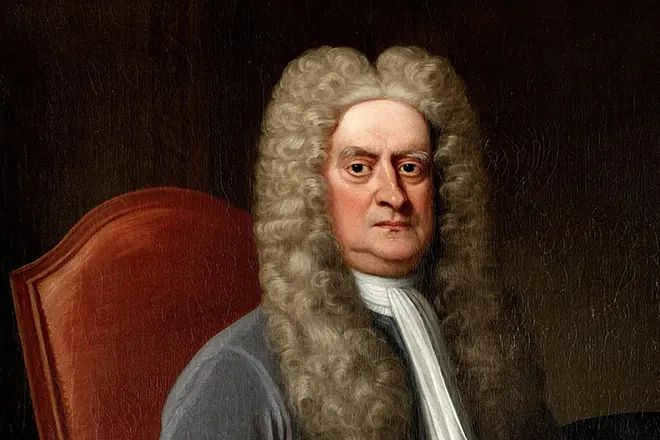
Isaac Newton, the famous physicist, passed away in 1727, with a vast gathering of people in London attending his funeral.
Newton’s discoveries in astronomy
- The first astronomical discovery made by Newton was his development of the reflecting telescope, which allowed for clearer and more detailed observations of celestial bodies.
- Newton’s second major contribution to astronomy was his formulation of the law of universal gravitation, which explained the motion of planets and other celestial objects.
- Lastly, Newton’s laws of motion had a significant impact on the field of astronomy, as they provided a foundation for understanding the behavior of objects in space.

